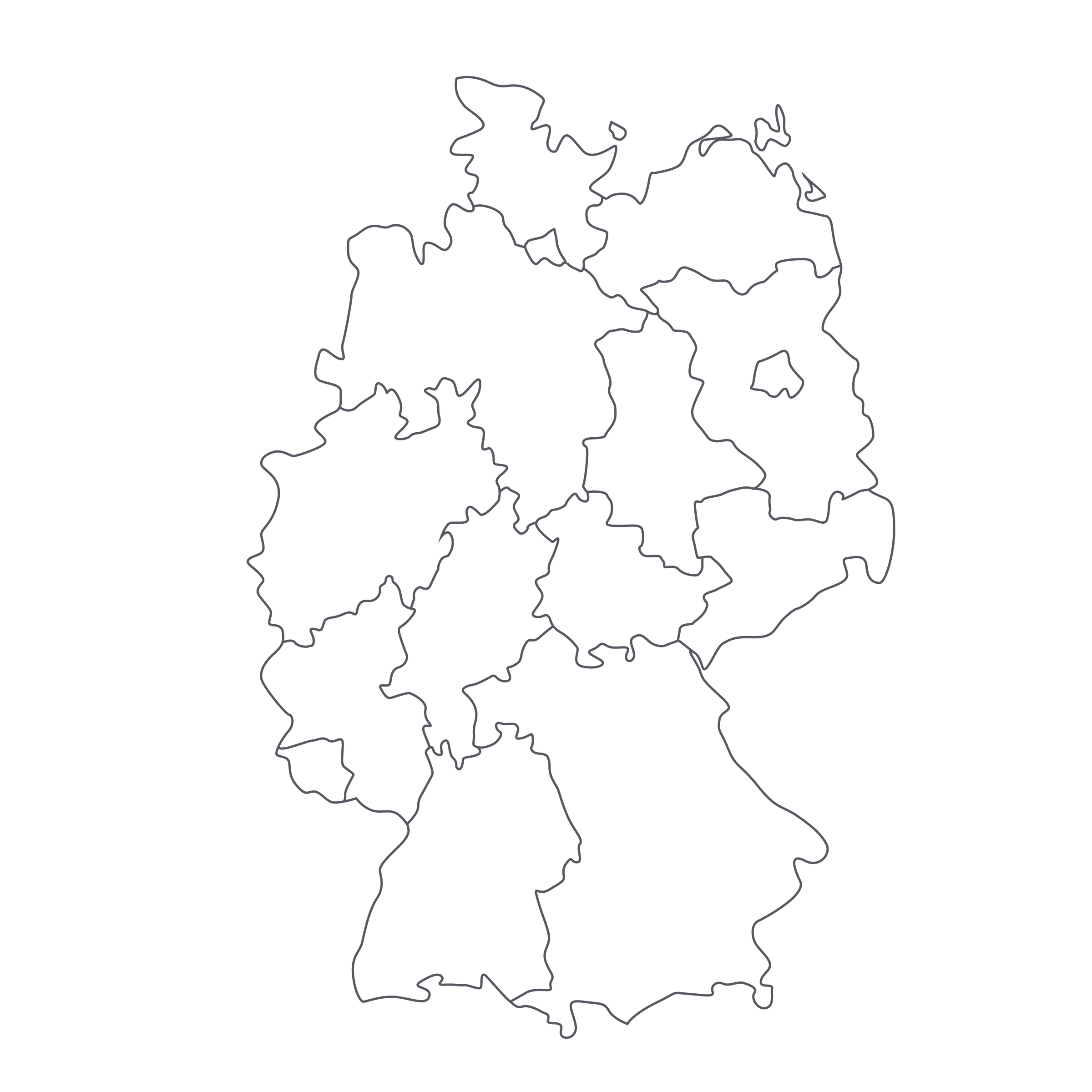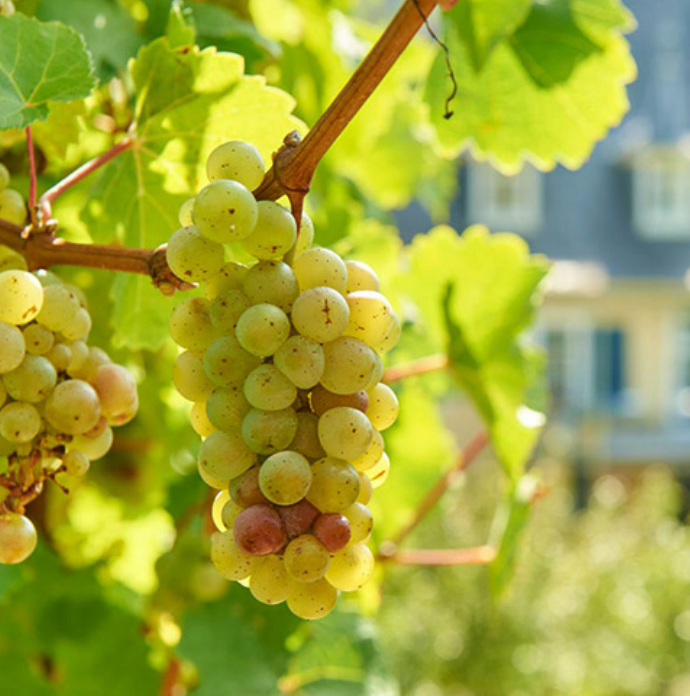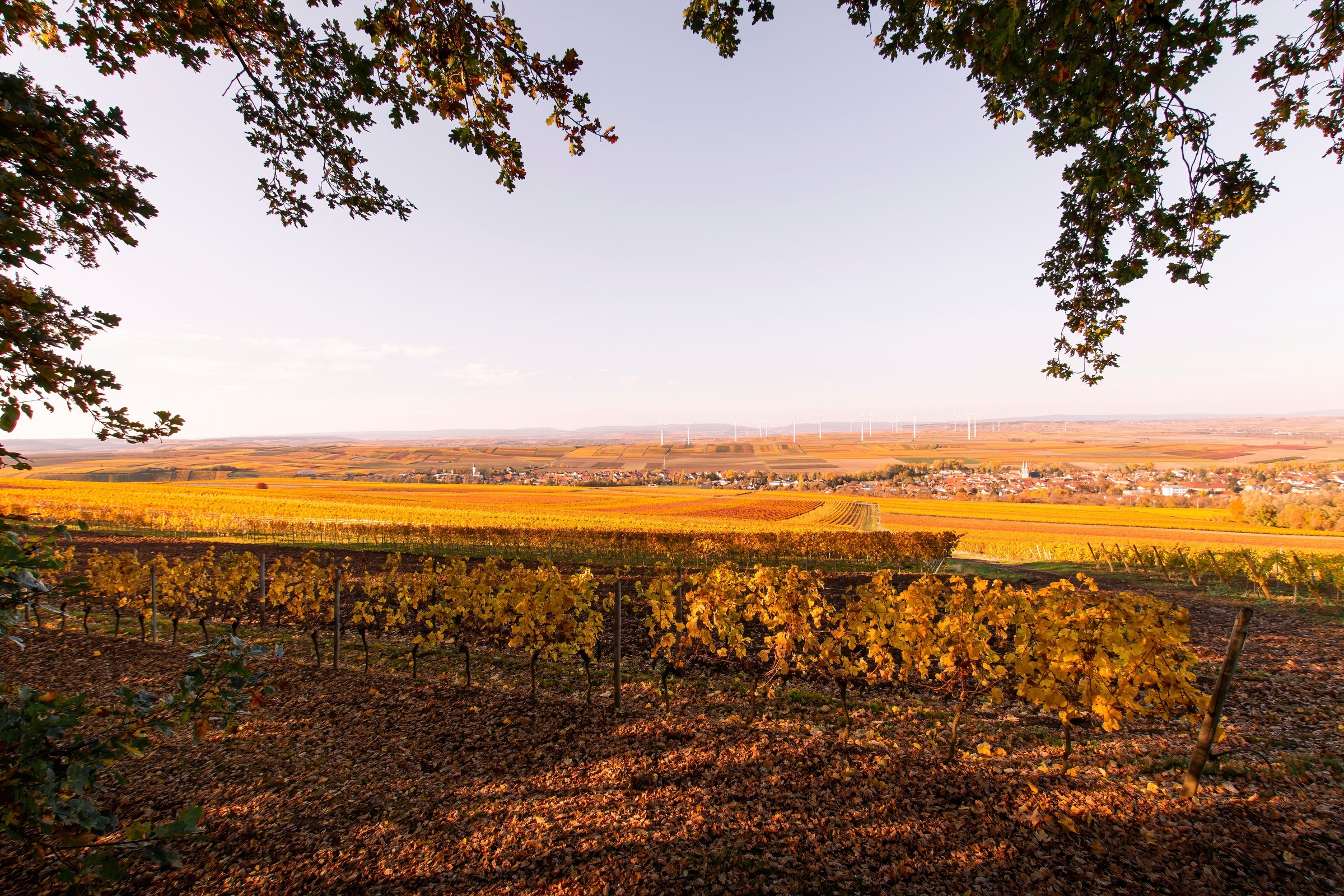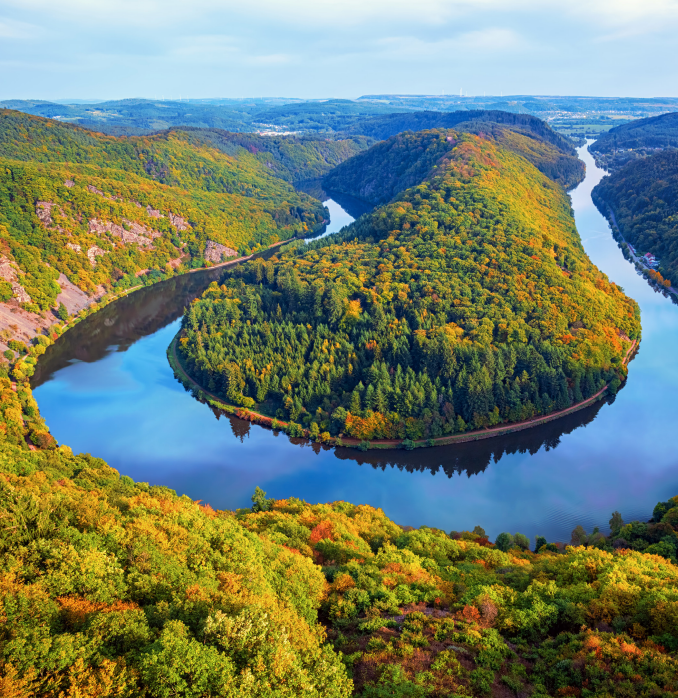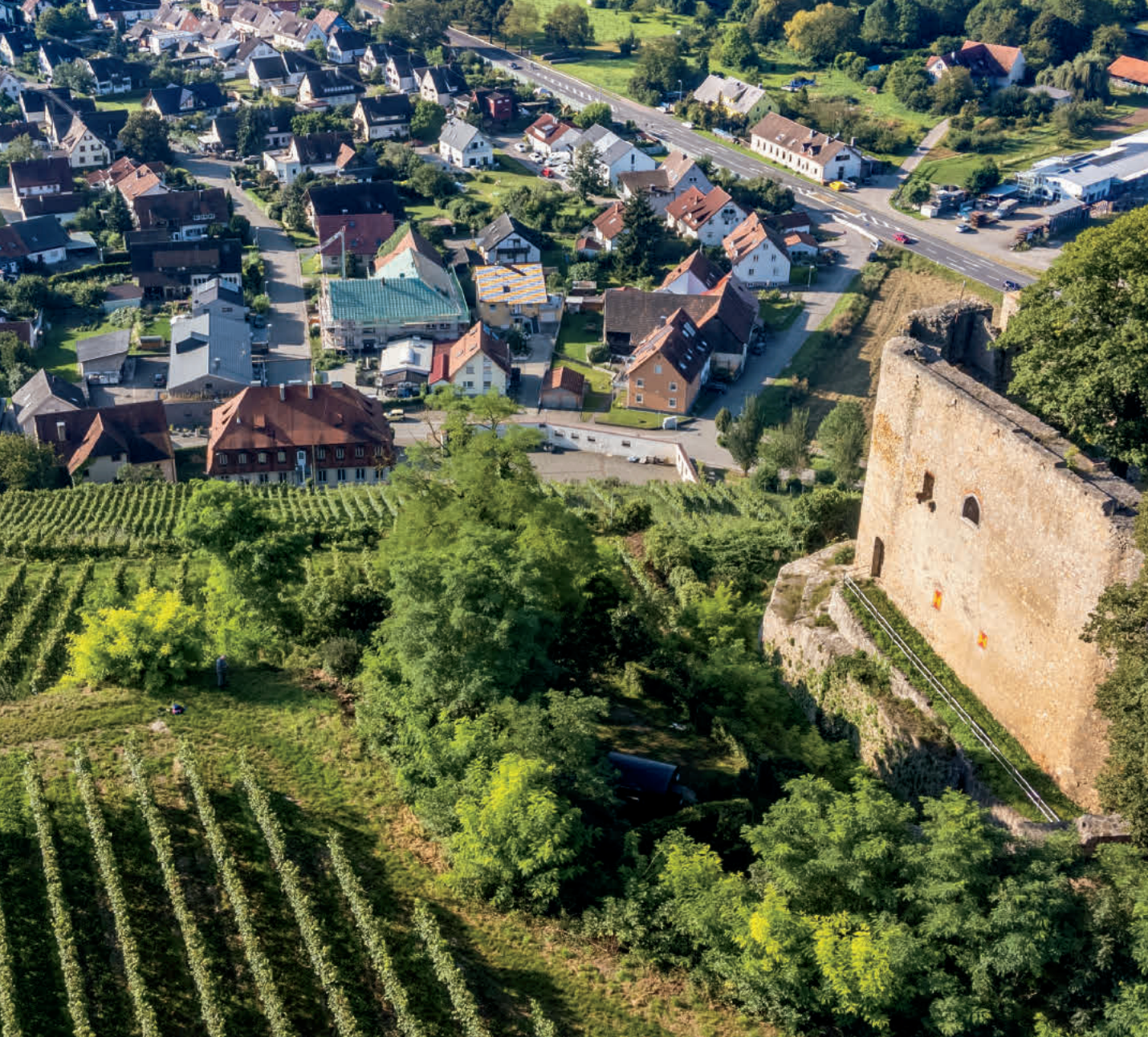As a restaurant sommelier, I’ve long considered Riesling to be the ultimate “go-to” variety for food pairings. It is truly one of the “holy grail” grapes, capable of achieving greatness across a wide range of styles and origins, and, having spent the last several months in Germany working harvest, I’ve been able to commune with Riesling on a whole new level.
As any of my colleagues will tell you, there is no substitute for direct experience in the places wine is made. To be able to walk vineyards that only previously existed in your mind as names on labels, to see and touch the soil the vines grow in, to witness harvested grapes being loaded into the press…it’s all invaluable, as is the opportunity to learn from the winemakers themselves. My German travels recently afforded me the pleasure of meeting Carolin Willems, an under-the-radar star in the Saar River Valley (within Mosel) whose exceptional wines are still relatively quiet in the US—and I’m happy to inform you that they won’t stay quiet for long. Carolin already has her share of accolades and you couldn’t ask for a better introduction to her lineup than today’s wine, named “Schiefer” (“slate”) to highlight the soils that shape its character. This bottle shows off not just the thrilling mineral energy of dry Riesling but the ageability and incredible value it delivers as well. To all my fellow Riesling lovers out there: This is a wine I would be—and will be—excited to bring to your table!
Carolin Willems represents the fifth generation of female winemakers at her family property. After growing up in tune with the estate vineyards, she completed the Viticulture & Enology program at the lauded Geisenheim University. Not being one to rest on her laurels, Carolin continued her studies in Australia and South Africa to expand her already impressive resume. Her mastery of pure, crystalline Riesling is the result; an ability to capture elegance and texture in her wines despite the electric acidity typical of Saar Riesling. Not surprisingly, she has earned accolades in Germany, including “Young Winemaker of the Year” in 2010 and “Best Dry Riesling Under 12.5% Alcohol” in 2013.
Today’s 2016 is sourced from steep-sloping estate vines in and around the village of Konz-Oberemmel, south of Trier, where the Saar and Mosel rivers meet. More specifically, the “Schiefer” bottling features Riesling from 30+-year-old vines on the “Rosenberg” hill, which is directly adjacent to one of the Saar’s most famous single vineyards, “Sharzhofberg” (made famous by the legendary Egon Müller). Grown on classic slate soils with a near-full southern exposure, sun is reflected directly back onto the vines from the Saar, producing great consistency across each vintage. Wines from Oberemmel are known for their harmonious tension and structure, which Carolin captures here perfectly.
The 2016 Schiefer Riesling Trocken shows a pale straw core in the glass with reflections on the rim. The nose is pure Saar: Soft and fragrant white flowers, just-ripe quince and fresh green apple. On the palate, this wine extends its lead on the pack: crystal-clear purity and laser-like acidity are rounded out by a judicious pinch of residual sugar. It is just starting to show a hint of age through notes of honey and lime meringue, but I am confident the structure will allow for many years of cellaring depending on your drinking preference. Given its tremendous value and that it is entering a wonderful drinking right now, I recommend the following: Purchase a case and open one every few months until you find a personal sweet spot.
Open the wine 10-15 minutes prior to pouring to allow it to acclimate and serve at 45-50 degrees in an all-purpose stem. Take advantage of the remaining beet season and pair this alongside a roasted beet carpaccio with goat cheese, preferably a fresh chèvre style. Cheers from Germany!


